Maximizing the livability with bathroom ceiling lights
Bathroom ceiling lights provide an overhead source of ambient and sometimes task light which is undoubtedly the most essential component of a bathroom lighting scheme. Lighting designers often incorporate multiple layers of light to maximize the livability and beauty of an interior space. The different layers of lighting that are used to optimize your bath space, both visually and functionally, are ambient, task, and accent lighting. Ambient lighting is used to create general illumination and character. Task lighting supports visual performance. Accent lighting directs concentrated beams of light to highlight a room’s aesthetic features. Among them, ambient lighting is the base layer of lighting for a room. It is frequently accomplished by overhead illumination from ceiling lights.
The main source of ambient light
A bathroom ceiling light radiates throughout the room to provide an ambient layer of lighting that supports basic visual recognition while creating intimate ambiance. It illuminates the whole room uniformly to make sure all parts of the room can be safely navigated. Visual comfort is especially a priority in this application since the bathroom is designed to a place where you retreat to recharge and relax. Ceiling lights put out a gentle diffused light which should encourage tranquility, promote intimacy, and support relaxation. Light can instantaneously create an impression about an interior space. Its color appearance, color quality, and intensity all enter into design and specification decisions for ceiling light fixtures. Ceiling lights can also contribute immensely to the overall style of a bathroom by delivering design individuality to an otherwise neutral background.
Close-to-ceiling fixtures
Ceiling lights of the close-to-ceiling type are divided into flush mount and semi-flush mount ceiling fixtures. Flush mount ceiling lights are low-profile fixtures that are usually round or square, and they sit flat on the ceiling. These fixtures boast excellent space-saving qualities and work well in rooms with comparatively low ceilings or where space is at a premium. Flush mount lighting tends to be simple and plain in its design because they only have a small trim and a bowl, dome, or flat shade to work with. For a more decorative alternative, look for semi-flush mount fixtures that drop a short distance below the ceiling. Semi-flush mount lights can offer the same exquisite styling of chandeliers and pendants without consuming vertical spaces as much as these low-hanging fixtures. In addition to offering an exquisite styling in a more compact form, the gap between the ceiling and the light assembly allows the fixture to be equipped with uplight modules capable of producing ambient reflected light for a balanced effect throughout the space.
Pendant lighting
A chandelier or pendant light brings an element of art and style to a bathroom. The decorative centerpiece itself can be a work of art which embellishes the decor in its own right. From extravagant chandeliers with multiple points of light to sleek contemporary pendants, suspended fixtures have the unique ability to transform any drab and plain bathroom in a delightful space. This group of light fixtures is particularly good for redefining the look and feel of larger bathrooms which look a little empty or barren. The addition of gorgeous chandeliers such as those adorned with crystals take interiors to a dazzling height, while pendant lighting exudes a more relaxed spirit and challenges to create an incredible leap of human scale.
Lighting technology
As solid state lighting based on light emitting diode (LED) technology are making great strides in lighting applications, bathroom ceiling lights have made the switch to this cutting-edge technology as well. Bathroom ceiling lights are integrated LED systems with the exception of light fixtures that incorporate exposed lamps (such as vintage style LED filament bulbs) as a decorative element. An integrated LED system has its light engine designed as LED modules which mount an array of LEDs onto a metal-core printed circuit board (MCPCB). The LED module is operated by a built-in driver which hat has outputs matched to the electrical characteristics of the array of LEDs. Incorporating small-sized LEDs directly into lighting systems enables an infinite variety of design possibilities in both function and form. Through an integrated approach, LED lighting offers so much more than just improved efficacy and extended lifespan. It lends enhanced controllability, new functionality, and novel form factors to bathroom light fixtures. The ability to engineer the spectral output and dim the output of LEDs creates new value propositions e.g., atmospheric lighting and human centric lighting (HCL).
Ingress protection (IP)
Light fixtures that are used in bathrooms in general require a high ingress protection (IP) rating due to the high humidity conditions these fixtures are exposed to. While ceiling lights are located outside bathroom zones that require a minimum rating of IP44, high watertight integrity is still a desired feature since penetration of steam and moisture will not only result in condensation which may cause short circuit and breakdowns in electric and electronic equipment, but also lead to delamination in the polymer plastic packages of LEDs as a consequence of hygro-mechanical stress and reduced interfacial adhesion strength. Preferably the fixtures should be sealed to an IP65 rating with gaskets so as to prevent steam from migrating into the enclosure.

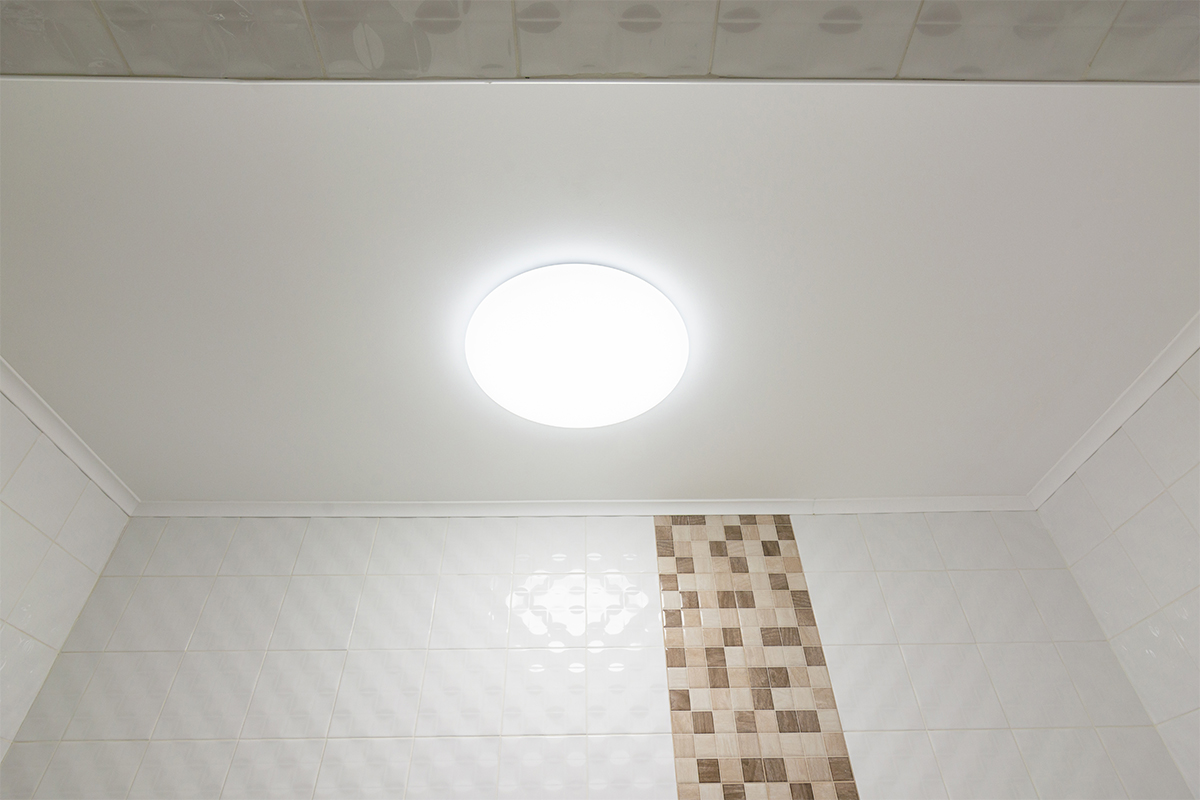
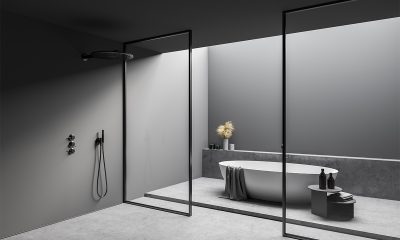
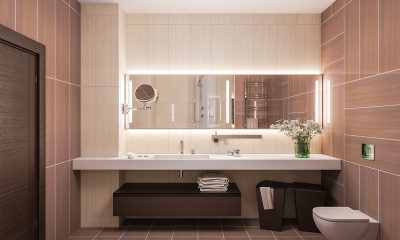
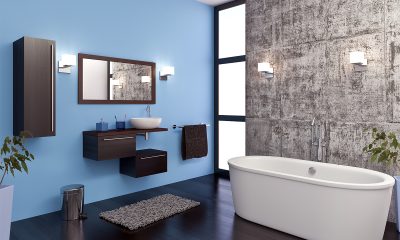
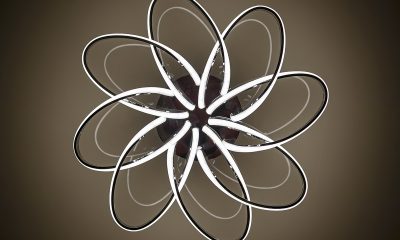
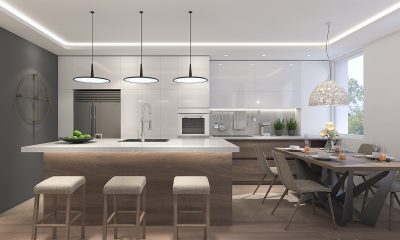
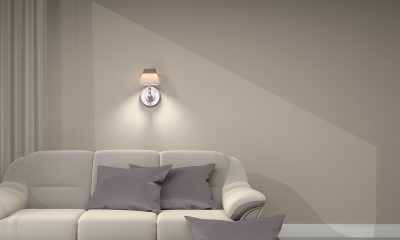
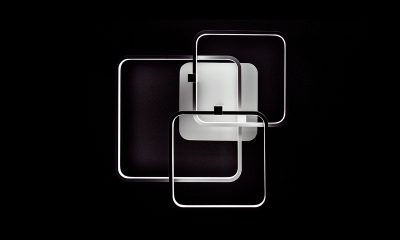

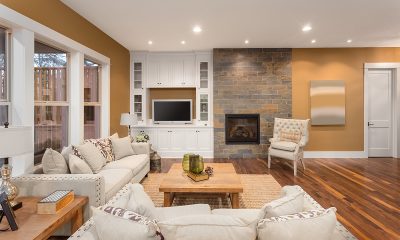

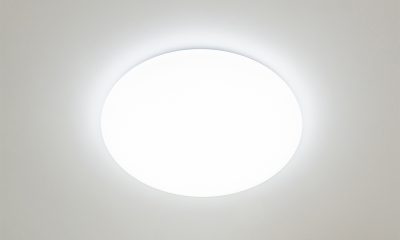
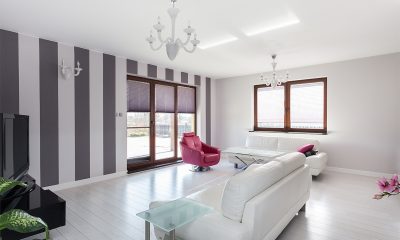





Loading...